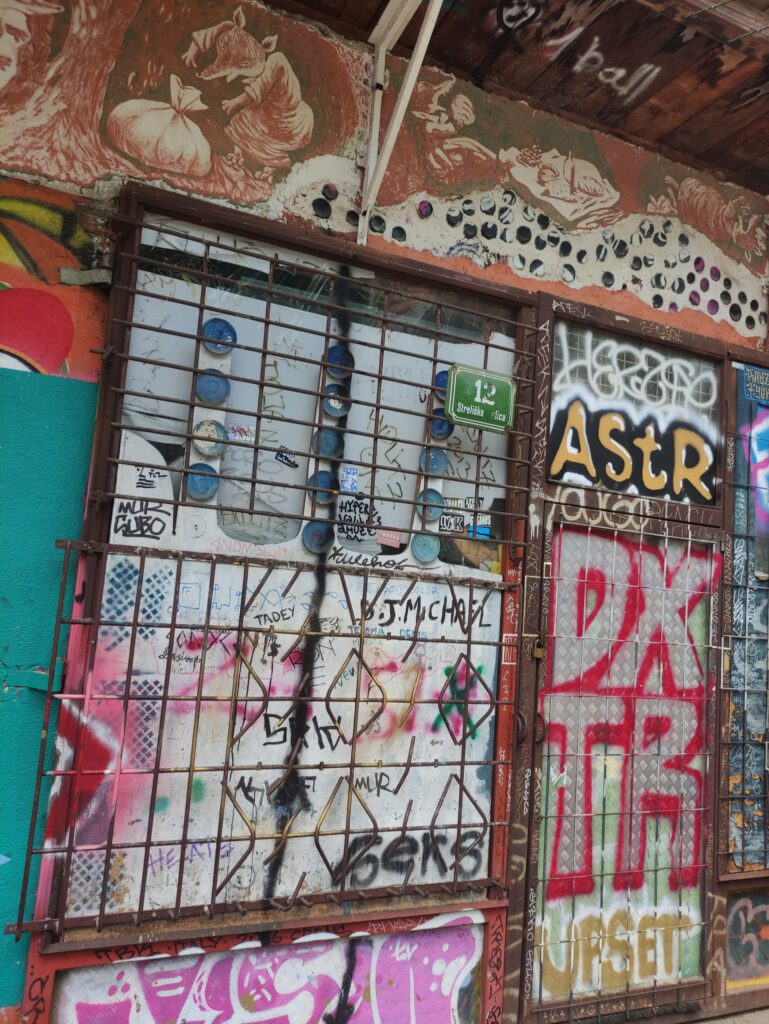HChaos in Art: Techniques and Strategies
Art has the remarkable ability to express complex emotions and narratives, including the concept of chaos. However, hiding or concealing chaos within art can transform a seemingly tumultuous piece into a visually engaging and harmonious creation. This article explores methods for integrating chaos into art while subtly concealing its more disruptive elements, creating a balanced and captivating final piece.
Understanding Chaos in Art
Chaos in art refers to the use of unpredictable, disordered, or complex elements that challenge traditional aesthetics. This might involve erratic brushstrokes, conflicting colors, or abstract forms that defy conventional harmony. While chaos can be a powerful artistic tool, there are times when artists may wish to downplay or hide these elements to achieve a more cohesive and pleasing composition.
Techniques to Hide Chaos in Art
**1. Use of Color Harmony
Color harmony can significantly reduce the perception of chaos in an artwork. By selecting a cohesive color palette, you can create a sense of unity that counterbalances chaotic elements. Utilize complementary colors or analogous color schemes to create visual harmony and blend disruptive elements into a more controlled and unified design.
**2. Layering and Texture
Layering paint or other materials can help obscure chaotic elements by creating depth and complexity. Textured surfaces can also diffuse the impact of erratic brushstrokes or disordered patterns, making them less prominent. Use techniques such as glazing or impasto to integrate chaotic elements into the overall texture of the artwork.
**3. Strategic Composition
Careful composition can hide chaos by organizing the artwork in a way that guides the viewer’s eye. Use principles such as the rule of thirds or focal points to draw attention away from chaotic areas. Arrange elements to create visual pathways that lead the viewer through the piece, directing their focus and minimizing the impact of disordered elements.
**4. Incorporate Patterns
Patterns can mask chaos by providing structure and repetition. Introduce patterns into your artwork to create a sense of order and rhythm that contrasts with chaotic elements. Patterns can help organize disordered parts of the piece, integrating them into a more cohesive and visually engaging composition.
**5. Use of Negative Space
Negative space, or the empty areas around and between subjects, can be used to hide or diminish chaotic elements. By balancing chaotic parts with ample negative space, you can create visual breathing room and prevent the chaos from overwhelming the composition. This technique can also highlight the more controlled elements of the artwork.
**6. Focus on Details
Emphasize detailed areas of the artwork to draw attention away from chaotic parts. By creating focal points with intricate details or well-defined subjects, you can shift the viewer’s focus and reduce the prominence of chaotic elements. Detailed areas can serve as visual anchors within the composition.
**7. Blending Techniques
Blending techniques, such as smoothing or blending colors and forms, can help obscure chaotic elements. By merging edges and reducing harsh contrasts, you can create a more seamless transition between chaotic and orderly areas. Techniques like wet-on-wet painting or blending with a dry brush can achieve this effect.
**8. Adding Structure
Introduce structural elements such as grids, frames, or borders to provide a sense of order. These elements can act as a counterbalance to chaos, creating a framework that integrates disruptive parts into a more organized overall design. Structures help anchor the artwork and reduce the perception of disorder.
Conclusion
Concealing chaos in art involves using various techniques to integrate and harmonize disordered elements within a cohesive composition. By employing color harmony, layering, strategic composition, patterns, negative space, detailed focus, blending, and structural elements, artists can transform chaotic parts into balanced and engaging artwork. These methods not only manage chaos but also enhance the overall aesthetic impact of the piece.
